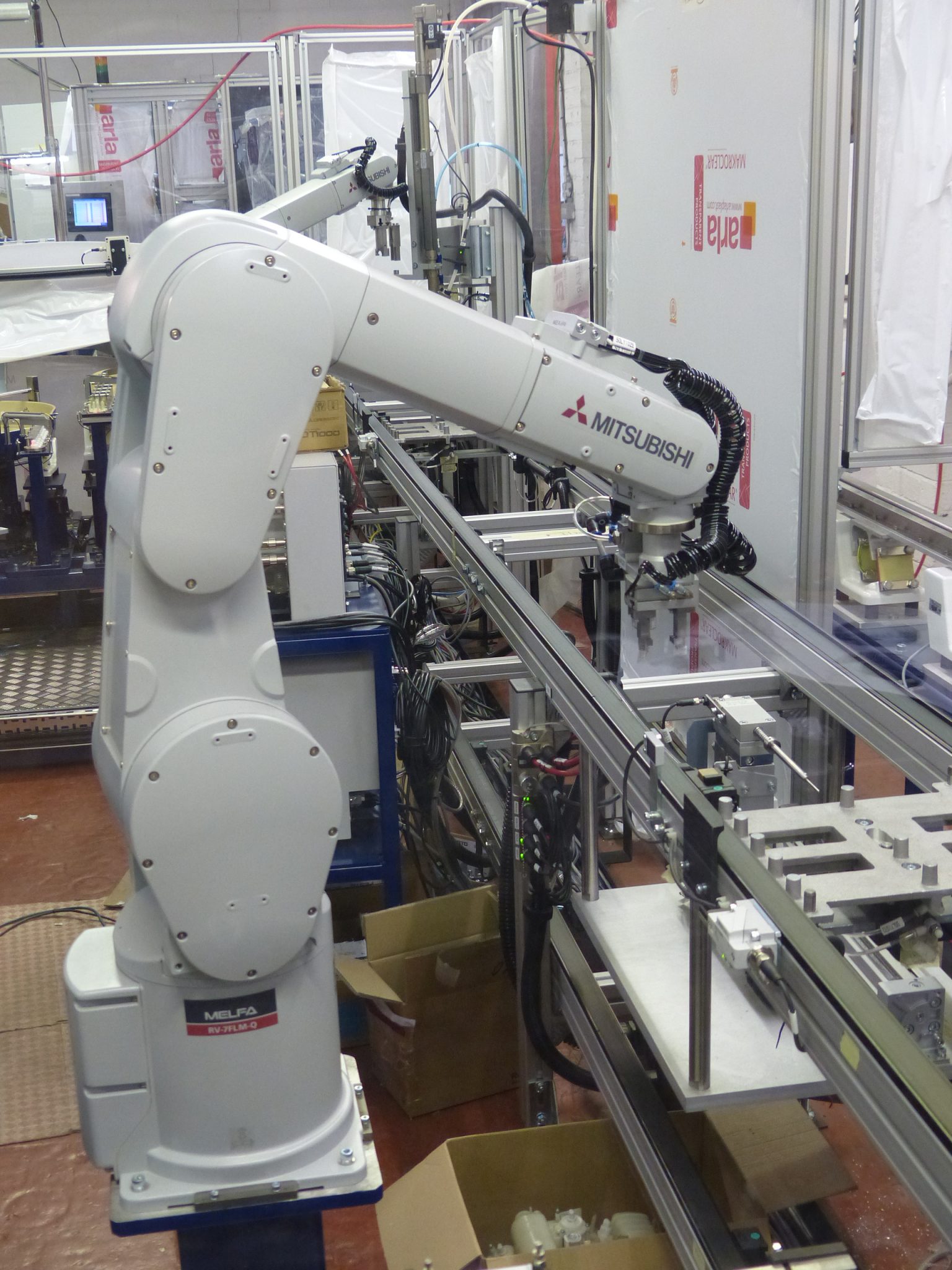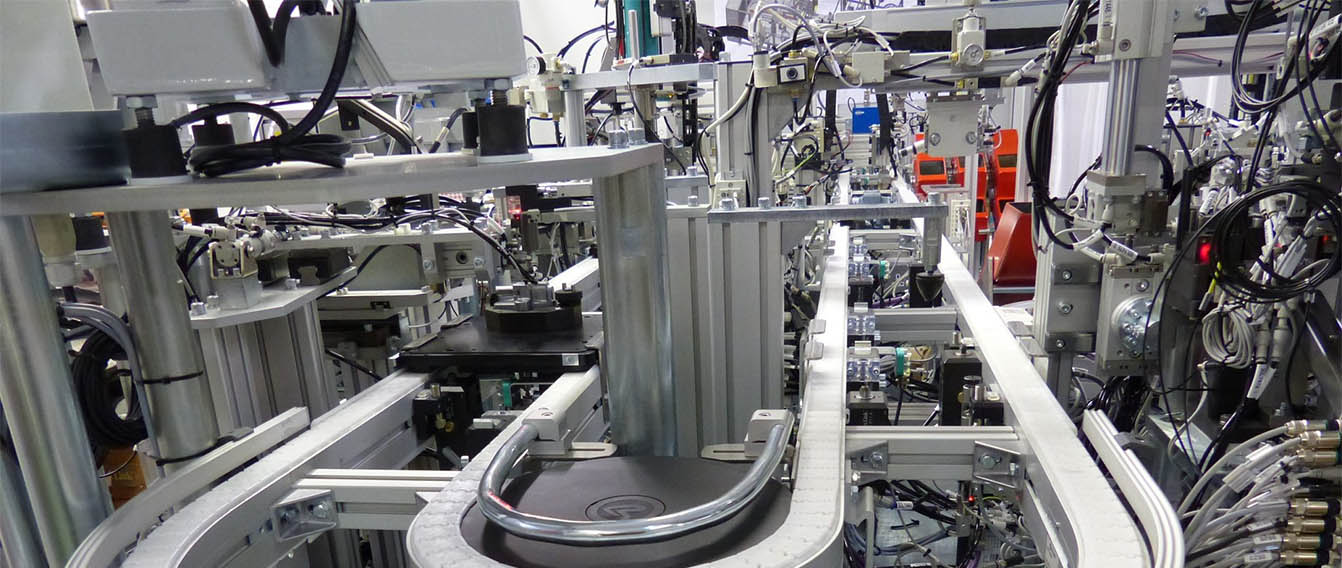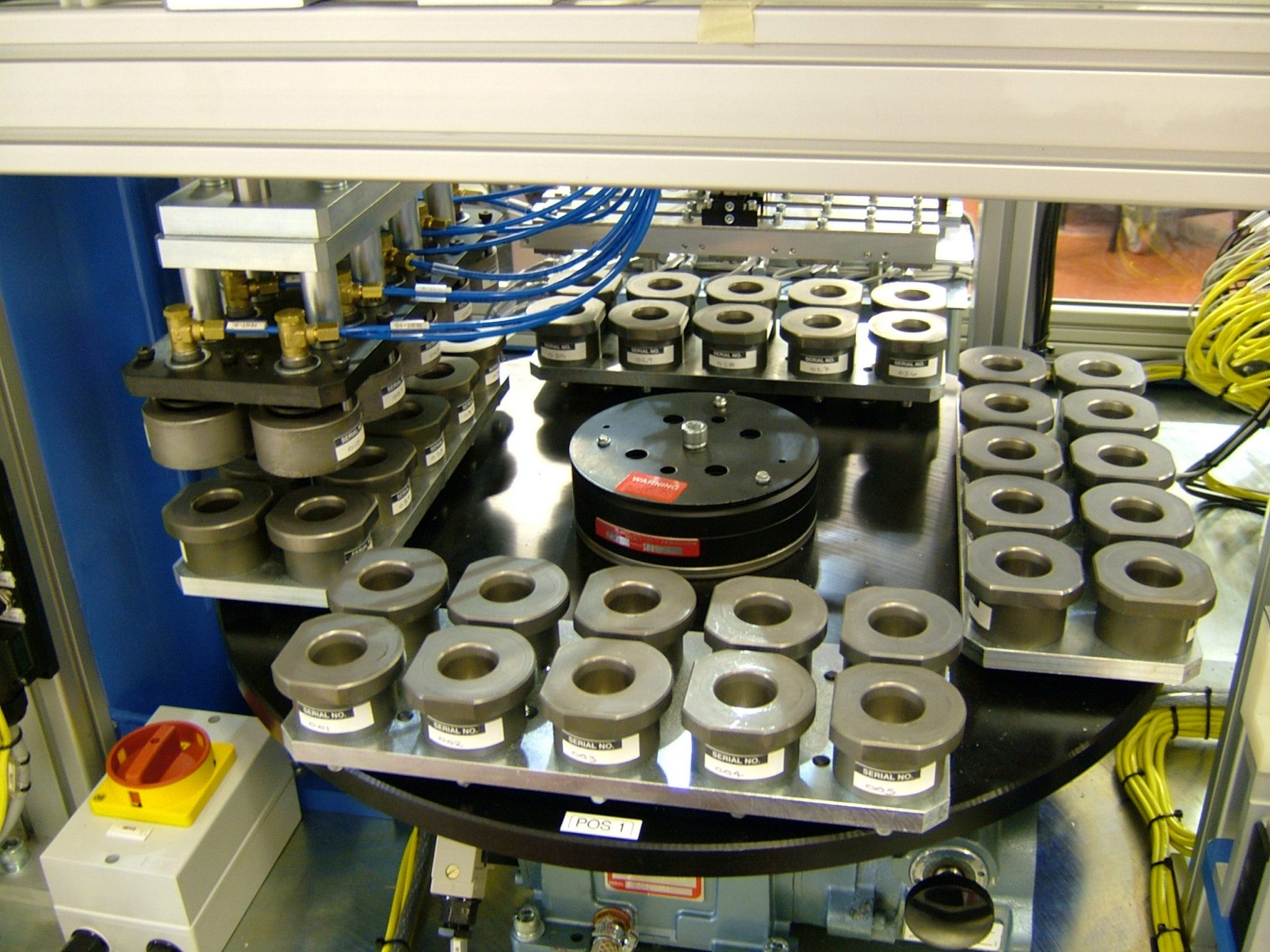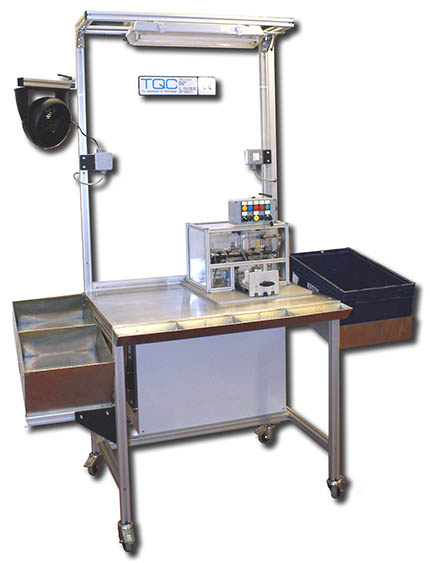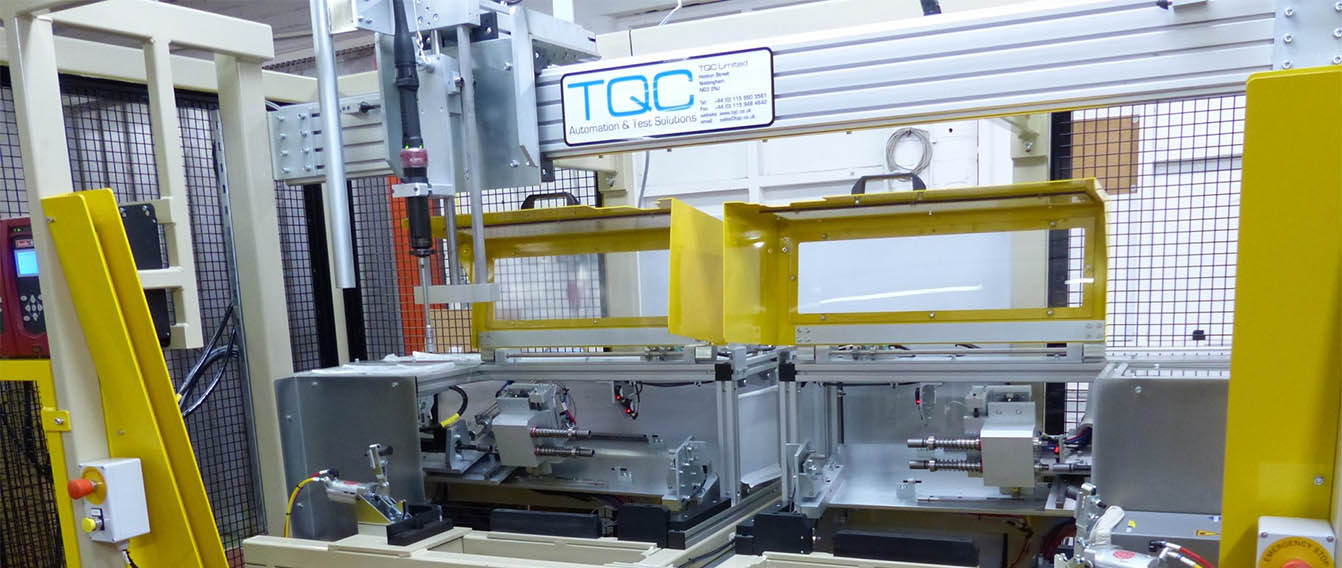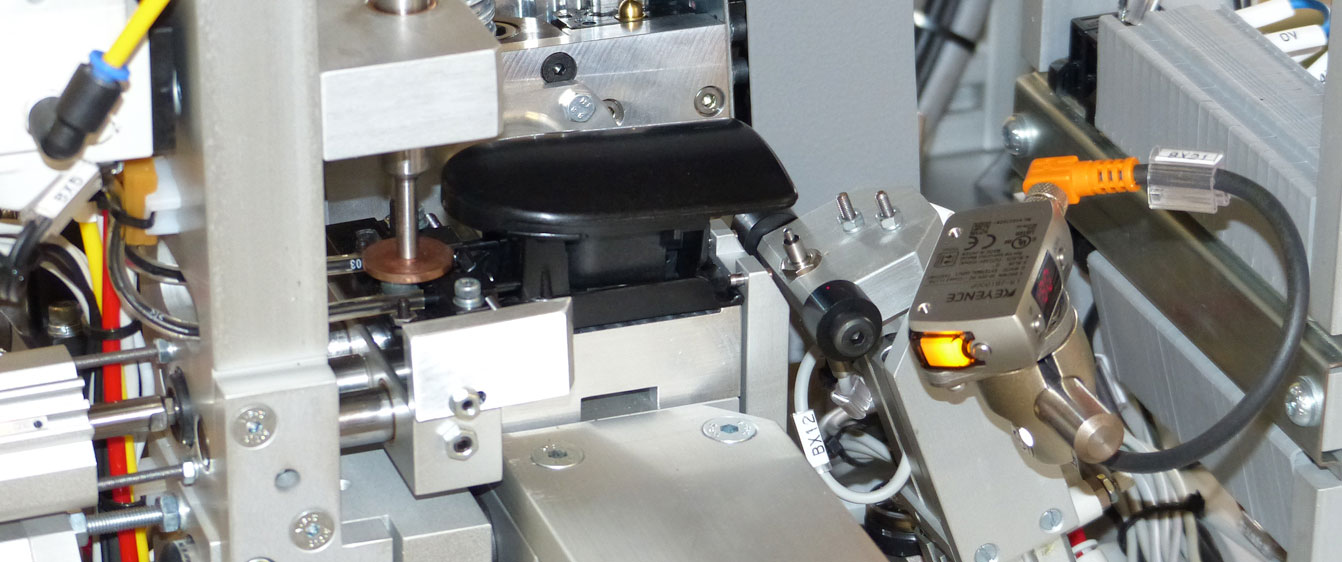TQC can provide LIN communication solutions for automotive applications, offering a comprehensive range of services to help customers develop and implement robust and efficient LIN-based systems. With its in-depth expertise in LIN protocol, TQC can assist customers in designing, integrating, and testing LIN-based architectures, ensuring seamless communication and functionality across their automotive systems.
What is LIN communication protocol?
The LIN protocol, originally developed by Volvo and known as ‘Volcano Communications Technology (VCT)’, has emerged as a cost-effective and reliable alternative to CAN bus for non-time-critical automotive applications. It is particularly well-suited for functionalities like window lifts, wipers, and other low-speed, low-complexity systems. LIN’s operating speed ranges from 1 to 20 kbit/s, with a maximum wire length of 40 meters, making it ideal for short-distance communication within vehicles.
LIN communication – TQC‘s approach
TQC recently developed an effective implementation for LIN communication testing, enabling customers to seamlessly integrate LIN functionalities into their automotive products. The solution involves leveraging a Beckhoff PLC as a LIN master, enabling precise control and management of LIN-based devices.
The LIN communication implementation consists of a series of interconnected function blocks:
- Auto Tests (Main): This function block serves as the central control unit, initiating the leak test and triggering communication with the LIN diagnostic protocols.
- LIN diagnostic Protocols (Function Block): This function block acts as the single repository for storing LIN frames and coordinates communication with the LIN Sequence function block based on triggers from Auto Tests.
- LIN Sequence (Function Block): This function block orchestrates the sequence of LIN frames required to perform specific actions on the product.
- LIN Communication (Function Block): This function block handles the primary communication with the product through a single-channel TX and RX COM buffer.
The functional blocks interact with variables throughout the testing sequence, allowing for dynamic adjustments and real-time data processing. Additionally, these blocks incorporate functions for frame transmission, third-party component communication, and mathematical calculations, ensuring comprehensive control and analysis.
With its commitment to innovation and customer-centric approach, TQC is well-positioned to help businesses harness the power of LIN technology and achieve their operational goals.
Further pages on IoT
- IoT Integrated Testing Solutions for Industry 4.0
- Streamlining Operations with TQC’s IoT Data-Driven Ecosystem
- Streamlining Data Visualization with ETL Stacks
- Revolutionizing Quality Control with Cloud-based Decision-making
- Ushering in a New Era of Intelligent Manufacturing with AI & Smart Dashboards
- Mastering LIN Communication for Automotive Applications



